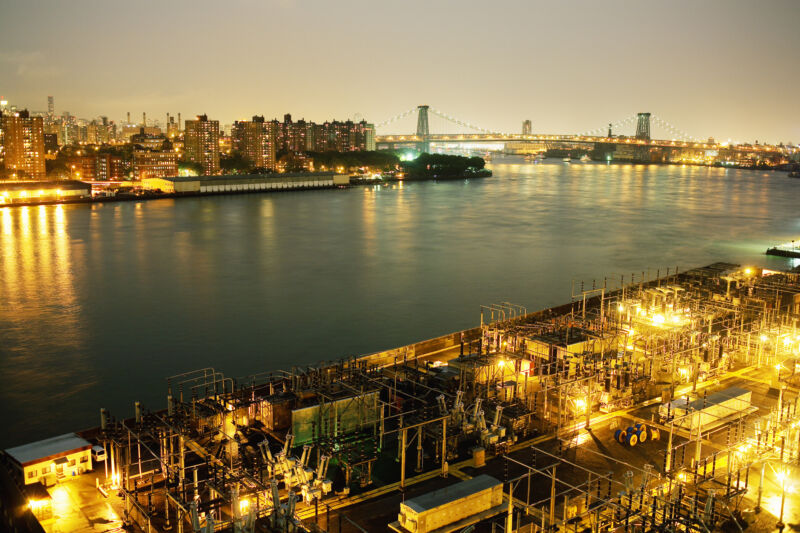Power plant pollution higher in neighborhoods subject to racist redlining

Enlarge (credit: Silvia Otte)
In the US, it's well-documented that poor neighborhoods are likely to suffer from higher pollution levels. Sources of pollution, like power plants and freeways, are more likely to be located in poor neighborhoods. The ensuing pollution adds to the economic burdens faced by these neighborhoods, with increased medical costs, productivity lost due to illness, and premature deaths.
Since minorities and immigrants tend to live in lower-income neighborhoods, this also adds to the racial disparities present in the US. Now, a group of public health researchers has found another factor that contributed to this disparity. The historic practice of "redlining," or assigning high-risk scores to mortgages in minority neighborhoods, is also associated with higher power plant emissions, reinforcing the challenges minorities face in the US.
In the redThe term redlining is derived from a federal program, started in the New Deal, that was intended to expand access to mortgages and boost home ownership in the US. The organization that oversaw the program, the Home Owners' Loan Corporation, set standards for loans that focused on four categories of risk scores, evaluated by neighborhood. The highest risk category was identified on maps with a red line, leading to its name. It was much harder to obtain mortgages in these neighborhoods, which depressed housing prices for their residents.